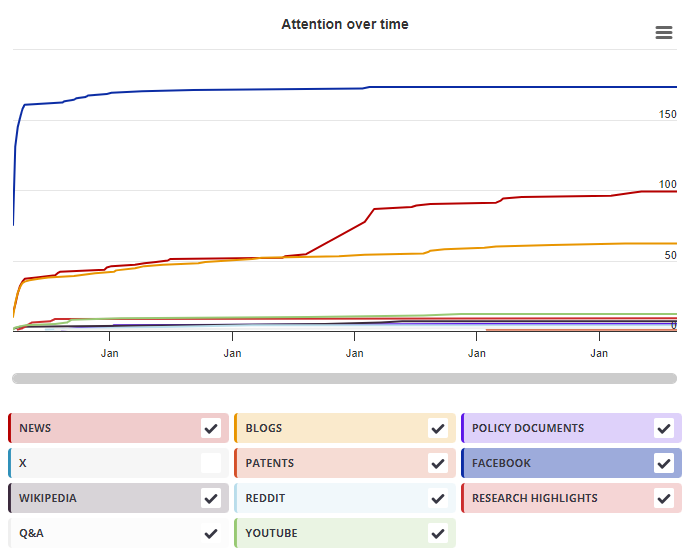| Chapter title |
Biophysical Methods to Investigate Intrinsically Disordered Proteins: Avoiding an "Elephant and Blind Men" Situation.
|
|---|---|
| Chapter number | 7 |
| Book title |
Intrinsically Disordered Proteins Studied by NMR Spectroscopy
|
| Published in |
Advances in experimental medicine and biology, January 2015
|
| DOI | 10.1007/978-3-319-20164-1_7 |
| Pubmed ID | |
| Book ISBNs |
978-3-31-920163-4, 978-3-31-920164-1
|
| Authors |
Uversky, Vladimir N, Vladimir N. Uversky, Uversky, Vladimir N. |
| Abstract |
Intrinsically disordered proteins (IDPs) and hybrid proteins possessing ordered domains and intrinsically disordered protein regions (IDPRs) are highly abundant in various proteomes. They are different from ordered proteins at many levels, and an unambiguous representation of an IDP structure is a difficult task. In fact, IDPs show an extremely wide diversity in their structural properties, being able to attain extended conformations (random coil-like) or to remain globally collapsed (molten globule-like). Disorder can differently affect different parts of a protein, with some regions being more ordered than others. IDPs and IDPRs exist as dynamic ensembles, resembling "protein-clouds". IDP structures are best presented as conformational ensembles that contain highly dynamic structures interconverting on a number of timescales. The determination of a unique high-resolution structure is not possible for an isolated IDP, and a detailed structural and dynamic characterization of IDPs cannot typically be provided by a single tool. Therefore, accurate descriptions of IDPs/IDPRs rely on a multiparametric approach that includes a host of biophysical methods that can provide information on the overall compactness of IDPs and their conformational stability, shape, residual secondary structure, transient long-range contacts, regions of restricted or enhanced mobility, etc. The goal of this chapter is to provide a brief overview of some of the components of this multiparametric approach. |

X Demographics
As of 1 July 2024, you may notice a temporary increase in the numbers of X profiles with Unknown location. Click here to learn more.
Geographical breakdown
| Country | Count | As % |
|---|---|---|
| Unknown | 1 | 100% |
Demographic breakdown
| Type | Count | As % |
|---|---|---|
| Members of the public | 1 | 100% |
Mendeley readers
Geographical breakdown
| Country | Count | As % |
|---|---|---|
| Unknown | 29 | 100% |
Demographic breakdown
| Readers by professional status | Count | As % |
|---|---|---|
| Student > Ph. D. Student | 10 | 34% |
| Researcher | 5 | 17% |
| Student > Master | 2 | 7% |
| Professor > Associate Professor | 2 | 7% |
| Student > Doctoral Student | 1 | 3% |
| Other | 1 | 3% |
| Unknown | 8 | 28% |
| Readers by discipline | Count | As % |
|---|---|---|
| Biochemistry, Genetics and Molecular Biology | 10 | 34% |
| Engineering | 3 | 10% |
| Chemistry | 3 | 10% |
| Pharmacology, Toxicology and Pharmaceutical Science | 1 | 3% |
| Computer Science | 1 | 3% |
| Other | 3 | 10% |
| Unknown | 8 | 28% |